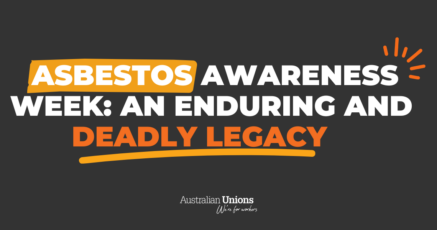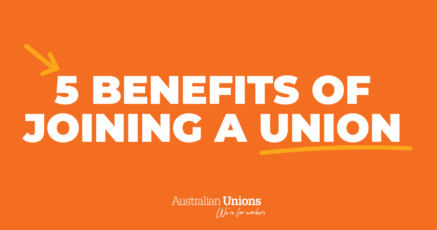Earlier this month, Victoria’s arts community and Melbourne Symphony Orchestra released a remarkable advertisement encouraging eligible people to get vaccinated against COVID-19. The advertisement explains the need for herd immunity as an “ensemble approach” built from multiple solo acts and strikes a note that no government campaign has yet been able to: a hopeful, encouraging translation of vaccine science into an uplifting celebration of individual acts contributing to health and collective flourishing – physically, creatively and economically.
That Victoria’s arts community took up this campaign reflects the public-spirited focus of a sector which has been both decimated by the pandemic and which has received little government attention through cycles of lockdown. This week, the Centre for Future Work published an in-depth report on the state of Australia’s creative industries, assessing how the pandemic has exacerbated the longstanding neglect of the sector by the Government.
The report findings are sobering but also speak to the determination of arts and creative industry workers to thrive and succeed in a hostile funding environment. Despite the progressive whittling away of funding infrastructure, the arts and entertainment industries nonetheless contributed over $17 billion of the nation’s GDP in 2018-2019. The report argues that over 350,000 people work in Australia’s broad cultural industries and that the working conditions in these industries are “disproportionately insecure”, meaning that those in the arts and entertainment industries are more likely to fall through the cracks of the varied, patched together income support systems which centre norms of full-time salaried work. Even when hard lockdowns end, as the MEAA has explained, the industry remains disrupted, with the impact of venue capacity limitations and the persistent uncertainty that hangs over planning future events, meaning that each lockdown has a long-term impact.
Despite Australia’s funding for arts and culture falling well below international standards, there has been no adequate policy response to this sector through the pandemic. Instead, further hostile policies have made the economic environment more precarious and further hollowed out what supportive infrastructure has helped to sustain these sectors in the face of government neglect, including weakening local production quotas and arbitrary, disproportionate fee-hikes and funding cuts for higher education.
To address this damage, the Centre’s report argues that a “complete reboot” of the sector is needed, framed in terms of a genuine “cultural reconstruction” which treats the arts as “social infrastructure” on a par with the physical infrastructure often singled out for public investment. The recommendations are far-ranging and recognise the way in which arts is interwoven with other industries, from community arts to higher education to digital infrastructure. By expanding funding, building new platforms to support and preserve Australian arts and culture, and increasing supportive quotas to nurture local talent across different media forms, the report proposes economic reforms which would not only enrich the creative sector but which would reinforce and uphold the economy at large, including education, technology, heritage, and the community sector.
These kinds of reforms offer the opportunity to think of economic recovery beyond narrowly “snapping back”, to recognise and build on the centrality of the arts sector to Australia’s cultural life. In establishing the Australia Council and the Aboriginal Arts Board in the 1970s, Gough Whitlam argued that public arts funding was a fundamental investment in the health of a democracy. In a 1973 speech, he reflected that “Artists are not only those who see and feel most intensely the agonies, the sorrows and the hopes of their own people … They are those who can bring to others the willingness and capacity to comprehend and share these emotions.”
Throughout the pandemic, the experience of social isolation and lockdown has driven many of us to rely more on the arts than ever before – through reading, watching and listening to works that connect us with our wider humanity, expand minds, and to help us name, comprehend and share the complexities and pains of our shared experiences. At a time where the arts have helped bridge the fragmentation and disruptions of daily life, it is only just to plan for an economic recovery where the sector can not only survive but thrive.








SHARE:
Rebooting the cultural sector is vital to our COVID recovery